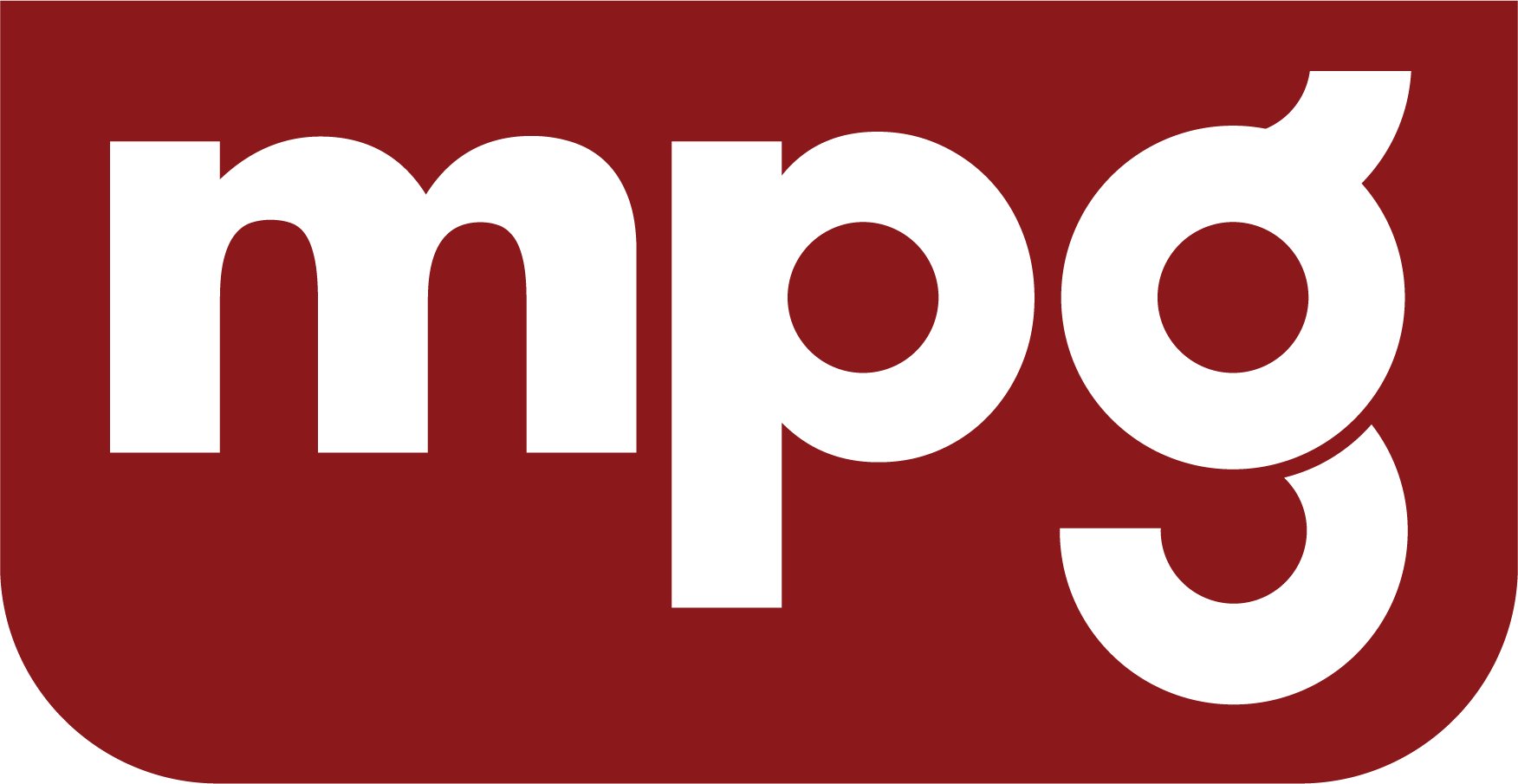In an age defined by accountability, transparency, and rapid change, good governance has evolved from being a regulatory requirement into a strategic advantage. Organisations that take governance seriously don’t just avoid risk — they build trust, attract investment, and inspire confidence across every stakeholder group.
According to the OECD Factbook, global governance standards have improved steadily over the past decade, yet significant gaps remain — particularly in areas of documentation, oversight, and adaptation. Many organisations still rely on static policies or outdated frameworks that fail to keep pace with the speed of business, regulation, and digital transformation.
That’s why Governancepedia exists: to give governance professionals the structure, tools, and insights they need to close those gaps. Whether you’re building your first governance framework or enhancing a mature oversight program, this article outlines your Governance Roadmap — a complete journey from templates to trusted oversight.
🧭 Step 1: Conduct a Baseline Governance Assessment
Every great journey starts with understanding where you stand.
Before adopting new templates or processes, conduct an honest audit of your current governance framework:
- Are your policies aligned with current regulations?
- Are board and committee roles clearly defined?
- Are reporting lines and risk responsibilities transparent?
- Do you have version control and oversight documentation in place?
💡 Governancepedia provides assessment checklists and benchmarking tools that help organisations quickly identify strengths, weaknesses, and blind spots — giving you a clear starting point for structured improvement.
📄 Step 2: Adopt Strong, Modern Templates
Once you’ve mapped your baseline, the next step is to standardise structure. Templates create consistency, ensuring everyone operates from the same governance language.
From risk registers to board charters, conflict of interest policies, and whistleblowing frameworks — using modern, up-to-date templates saves time while reinforcing compliance integrity.
✨ Governancepedia’s extensive library of templates is built on leading governance standards and updated regularly to reflect new global best practices. They’re not just documents — they’re frameworks that guide decision-making and accountability.
🤝 Step 3: Engage with the Governance Community & Benchmark Your Progress
Governance doesn’t exist in isolation. The most effective oversight professionals learn from each other — sharing challenges, benchmarking progress, and discussing emerging risks.
By participating in Governancepedia’s peer community, you gain access to global discussions, case studies, and expert insights. You can benchmark your framework against others, learn what’s trending across sectors, and refine your approach accordingly.
🌐 Community participation transforms governance from a compliance burden into a continuous improvement cycle — one that’s informed, connected, and adaptive.
🔄 Step 4: Make Governance Documents Living Assets with DocxChange
Static governance documents quickly become obsolete in today’s changing environment. Policies must evolve as new regulations, risks, and stakeholder expectations emerge.
Governancepedia’s DocxChange makes this simple — it’s a secure, cloud-based environment where governance teams can collaborate, version, update, and share their documents in real time.
With DocxChange, you can:
- Maintain version control and accountability 🧾
- Set automatic update reminders 📅
- Collaborate seamlessly across teams and jurisdictions 🌍
💡 This ensures your governance framework stays alive — not locked in a binder, but continually refreshed, relevant, and ready.
📊 Step 5: Monitor, Measure, and Iterate
Governance isn’t a one-time project; it’s an ongoing evolution. Monitoring performance, collecting feedback, and adapting policies ensures continuous improvement.
Track your framework’s performance by asking:
- Are your controls effective?
- Are policies being followed and understood?
- Are board evaluations leading to measurable improvements?
📈 Governancepedia helps you capture metrics and monitor progress through structured workflows and peer comparisons, ensuring your oversight remains dynamic, measurable, and trusted.
🌍 The Bigger Picture: Governance as a Growth Enabler
Organisations that excel in governance don’t just meet expectations — they exceed them. According to the OECD, strong governance correlates with greater investor confidence, reduced risk exposure, and higher operational resilience.
✨ With Governancepedia, you gain access to every element of this journey — from ready-to-use templates and community insights to DocxChange-powered collaboration — all designed to help you build governance that commands trust and supports sustainable growth.
🕒 Sunday Action Plan: Build Your Governance Roadmap
Use today to strengthen your foundation for the week ahead.
✅ Schedule a 30-minute internal governance review using Governancepedia’s roadmap checklist.
✅ Identify one improvement action to complete within 7 days — a document to update, a policy to review, or a template to adopt.
✅ Join the Governancepedia community to exchange ideas and learn from peers.
Your governance growth journey begins now — from template to trust, from policy to purpose.
And with Governancepedia, you’ll never take that journey alone.
#Governancepedia #GovernanceRoadmap #SundayStrategy #CorporateGovernance #Oversight #Transparency #DocxChange #GoodGovernance #GovernanceCommunity #RiskManagement #BoardOversight #GovernanceImprovement #Compliance #GovernanceTrends #OECD #TrustedGovernance

